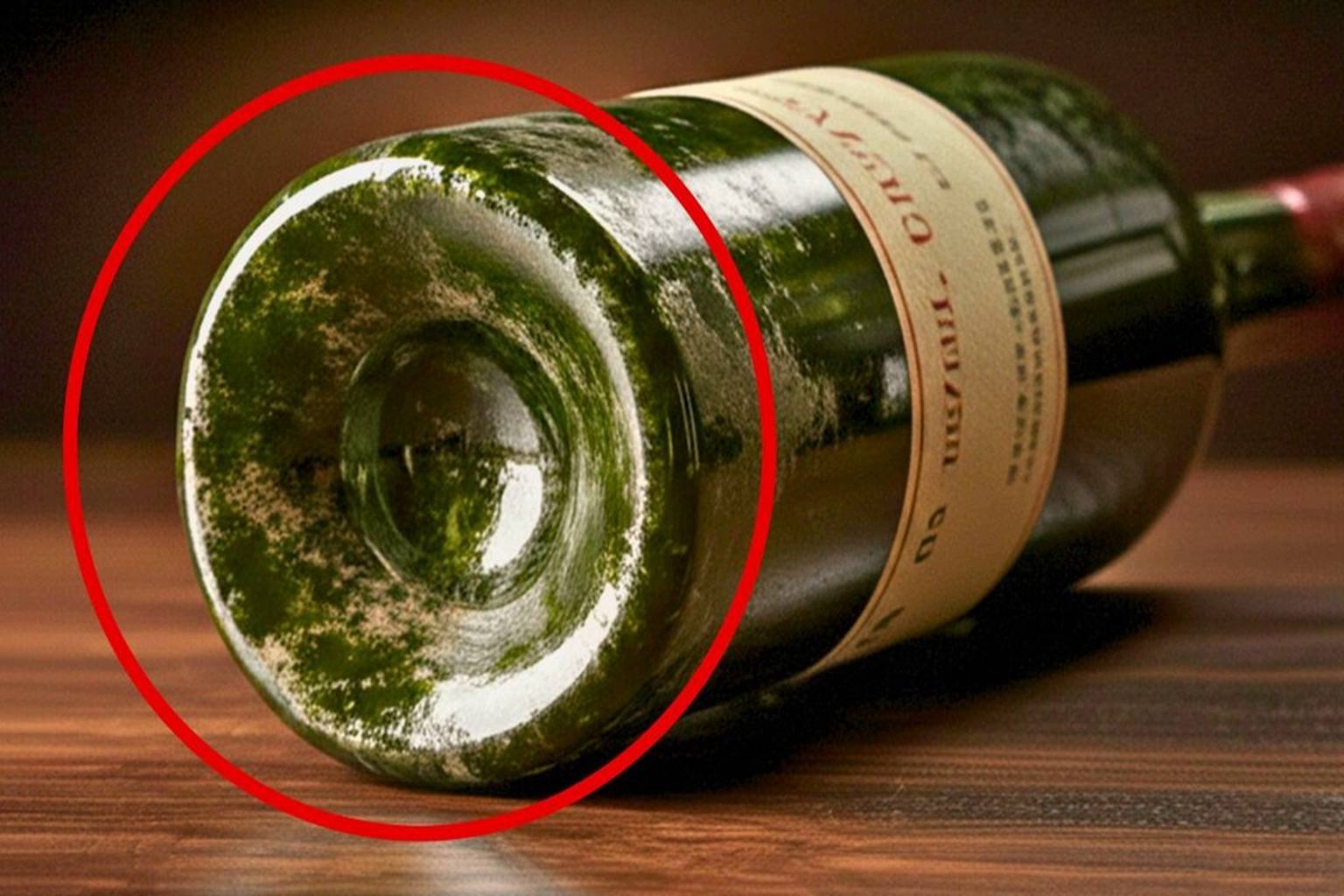Have you ever wondered why nearly every wine bottle has that curious dimple or indentation at the bottom? At first glance, it might seem like just a design flourish—something to make bottles look stylish or different. But the truth is far more practical and fascinating. That little dip, known in English as a punt, plays an important role in everything from the bottle’s stability to the wine’s aging process.
When you think about the daily objects we encounter, it’s easy to overlook the purpose behind their shape or design. Bottles of wine are no exception. From family dinners to celebrations, these bottles are everywhere, yet many of us have never paused to consider why their base isn’t flat.
How the glassblowing origins shaped today’s wine bottles
Standing abs in 20 minutes: the perfect workout if you hate classic exercises
The tradition of the punt goes back to the days of hand-blown glass bottles. In those early times, glassmakers found it impossible to create perfectly flat bottoms, which led to uneven bases that were prone to tipping over or breaking. To solve this, glassblowers developed the technique of pushing the bottle’s base inward while the glass was still hot.
This innovation not only made the bottles more stable on flat surfaces but also strengthened the glass against internal pressure from the carbonation or aging process inside. Even though modern manufacturing can perfectly flatten glass bases, the punt has stuck around due to its proven benefits.
Besides improving stability, the indentation also offers a practical benefit for those pouring the wine. Wine servers can get a better grip on the bottle by placing their thumb in the punt, giving more control and elegance when serving.
Why the punt matters for aging and sediment management
If you’re someone who enjoys aged wine, the punt proves even more useful. Over time, wines naturally develop sediment—tiny particles that settle as the wine matures. The hollow at the bottom provides a strategic spot for those sediments to gather away from the neck of the bottle.
This means when you pour your glass, the chances of disturbing the sediment and clouding your wine are greatly reduced. This simple design element actually helps preserve the purity and flavor of your drink. In addition to aiding sediment collection, the shape of the bottle with its indentation helps with the wine’s storage and the way it’s served, making it a vital feature rather than just an aesthetic choice.
According to Feng Shui, this is the best spot for bay leaves to draw abundance
Reflecting on this has made me appreciate the humble wine bottle in a new light. Next time you uncork a bottle at dinner, take a moment to admire the punt. It’s a small but clever invention that combines tradition, science, and practicality all in one.
Have you ever noticed the punt before? Does it change how you feel about the wine in your glass? Share your thoughts or any interesting wine experiences in the comments below. Don’t forget to pass this along to friends who love wine or are curious about the little details behind everyday items!

Interesting piece on the history of punts in wine bottles together with explanation of the rationale and benefits. I always believed the deeper the punt the better the wine.
I’ve always noticed great tasting wines have a much deeper punt than the not so good tasting wines . The punt would often influence my purchase .